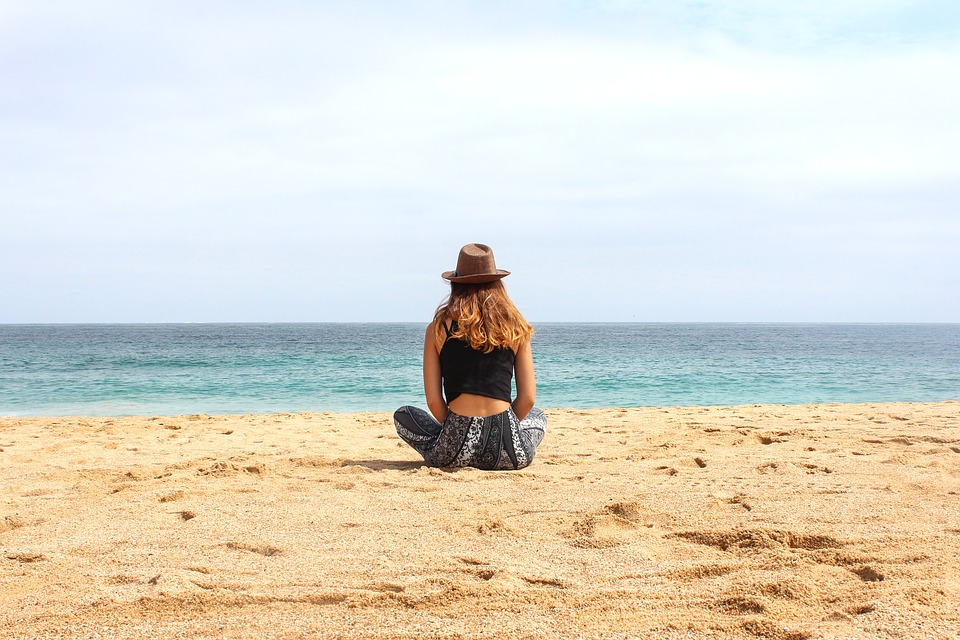For millennia, retreats have been used by sages, scientists, and saints to refresh and refocus, and have often been the occasion for profound personal transformation.
- The founder of Buddhism, Gotama Buddha, recommended his followers spend the 3 months of the rainy season in one place and focus on their meditation practice, called the Vassa.
- The first Jesuit, St. Ignatius of Loyola, spent 8 months in a cave after recovering from a grave leg wound, reviewing his entire life and creating his famed Spiritual Exercises.
- Thoreau spent 2 years and 2 months at Walden Pond in 1854 and wrote about his experiences living simply in his book, Walden.
- Bill Gates spends one week, twice a year, reading and thinking deeply to recharge and reinvigorate his thinking
Today, retreat practices are common in many of the world’s religions and have found their way into the corporate and personal domain. The benefits of an intentional retreat are many:
- An opportunity to take a break from the usual distractions of everyday life and rediscover personal passions and freedoms
- A chance to be purposefully calm and relaxed
- A way to focus on a few things intensely over a relatively short period of time
- A way to rejuvenate and recharge, so you can tackle life again after traumatic events or setbacks
- Insights into your habits, thoughts, and attitudes that may prove to be life-changing
To create a successful retreat, use the following checklist of Do’s and Don’ts:
DO:
- Choose a time for your retreat and schedule it like any other commitment.
- Pick a place that is comfortable, in quiet, natural surroundings (if you can manage it), free of distractions and noise, and far enough away from your home and office that you won’t be tempted to cut your retreat short just to “check in.”
- Make it at least a full day (or as long as your schedule will permit) for maximum benefit. If you can’t do a full day, don’t worry: a “mini-retreat” of as little as 2 or 3 hours can also be beneficial.
- Have a structure or agenda for your retreat, preferably both a daily schedule that can give a shape to your day, as well as a set of goals you’d like to accomplish. Here are examples:
- Daily schedule
- Wake at 7am
- Mediate for 20 minutes
- Shower
- Have a health breakfast
- Walk in nature for 30 minutes
- Read and think for 2 hours
- Lunch for 1 hour
- Read and think for 2 hours
- Journal the day’s thoughts and prepare for tomorrow
- Dinner for 1 hour
- Relaxation for the evening
- Retreat goals
- Read all the books on my “to read” list
- Get a handle on all the demands that are driving me crazy: write them down, prioritize them, make a plan for working on them
- Write down everything that’s been bothering me and review the list. How serious are these? Are there items that really don’t belong on the list? How can I get items off the list?
- Create a plan for the next 3 months (6 months, 12 months) for my relationship with my significant other
- Write down every day in a retreat journal, by hand, your thoughts. Writing is far better than typing, as research has shown that the physical act of writing creates neural pathways that cement learning much more than typing. In addition, people who journal are two to three times more likely to accomplish what they set out to – the mere act of writing down what you want focuses the mind to help you achieve it. Preferably, you should journal once at the beginning of the day, including gratitudes and what you’d like to accomplish, and once at the end of the day, detailing how the day went, what worked and what didn’t work, and what you’d like to do on the following day.
- Bring with you any medications you will need, nutritious food and supplements, plenty of water, comfortable clothing, and any materials you want to work on: books, notebooks, pens, paper, any creative materials that will be central to working out your ideas and capturing them for reflection and review.
- Daily schedule
DON’T:
- Look at your cell phone, laptop, or other device frequently to “stay connected” to work, family, or other responsibilities – THIS IS EXTREMELY IMPORTANT! The whole point of a retreat is NOT to be connected – to retreat from everyday life and responsibilities – so that you can step back and view your life, thoughts, attitudes, habits, relationships, and responsibilities from a safe distance where you can reflect on them and review their importance and meaning in your life. You CANNOT do this if you are constantly distracted by messages from the office, highlights of today’s international news, or pictures of cute cats on Facebook.
- Bring other people with you. This retreat is for YOU ALONE, not a gathering of friends and family. You do not want to be distracted either by things or people on your retreat.
- Use alcohol, drugs, tobacco, or other mood-altering substances. The retreat is an opportunity for you to get in touch with yourself at a deep level, and as much as you might enjoy a glass of fine whiskey in the evening, it will cloud your thoughts and distract you from the goals you’ve set for yourself during your retreat.
- Cut your retreat short. Use the full time you’ve allotted to give yourself the maximum benefit – you are the highest priority in your life, and you deserve to take time for yourself to rest, rejuvenate, recover, and reinvigorate yourself for the challenges ahead.

